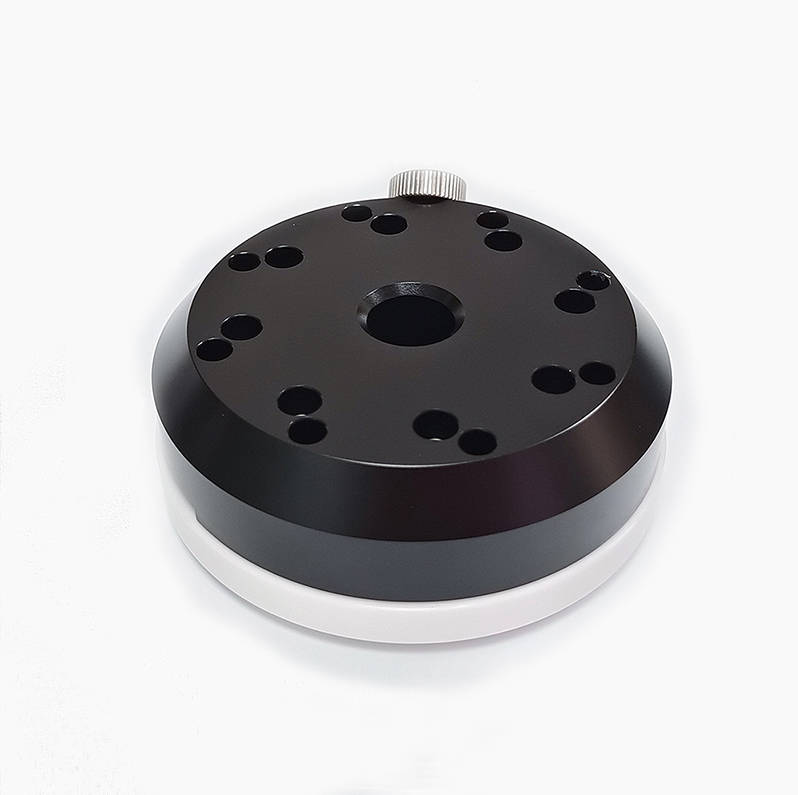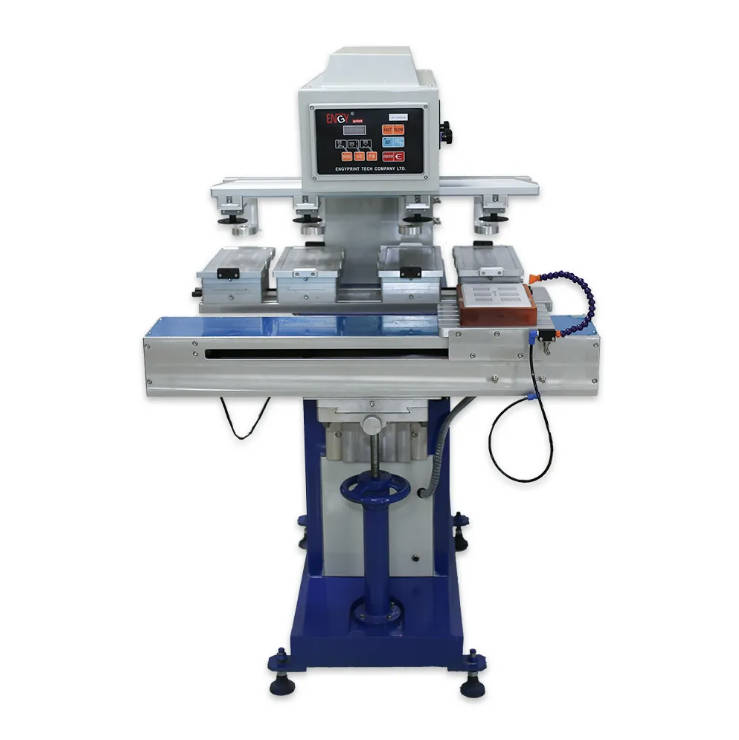Introduction
Importance of Ink Adhesion in Pad Printing
Pad printing, a versatile printing technique used across various industries, involves transferring ink from a silicone pad onto a substrate. The quality and durability of the printed image largely depend on how well the ink adheres to the surface of the material. Ensuring strong ink adhesion is crucial for producing high-quality prints that withstand wear and environmental factors.

Overview of Surface Preparation
Surface preparation is a critical factor in achieving optimal ink adhesion in pad printing. It involves a range of techniques aimed at modifying the surface of the substrate to enhance its receptiveness to ink. In this article, we will explore various surface preparation methods and how they can improve ink adhesion, providing valuable insights for those looking to purchase a pad printer from a pad printer manufacturer.
Understanding Surface Preparation
Definition and Purpose
Surface preparation refers to the process of cleaning, modifying, or altering the surface of a substrate to improve its compatibility with inks and coatings. This step is essential in pad printing to ensure that the ink properly adheres to the material, resulting in durable and high-quality prints.
Types of Surfaces and Their Challenges
Different materials present unique challenges when it comes to ink adhesion. Common substrates in pad printing include plastics, metals, and glass. Each of these materials has distinct properties that can affect how well the ink adheres:
- Plastics often have smooth, non-porous surfaces that can resist ink adhesion.
- Metals might be coated or oxidized, creating barriers to ink bonding.
- Glass surfaces are typically smooth and non-porous, requiring special treatment for adequate adhesion.
Surface Preparation Techniques
Cleaning
Mechanical Cleaning
Mechanical cleaning involves physically removing contaminants from the surface using methods such as abrasion, brushing, or blasting. These techniques are effective for removing dirt, grease, and other residues that can interfere with ink adhesion.
Chemical Cleaning
Chemical cleaning uses solvents or detergents to dissolve and remove contaminants from the substrate’s surface. While highly effective, it is essential to choose suitable chemical agents compatible with the material to avoid damage.
Surface Modification
Priming
Applying a primer can significantly improve ink adhesion by creating a bondable layer between the ink and the substrate. Different primers are available for various materials, and they can be applied using methods such as spraying or dipping.
Flame Treatment
Flame treatment involves exposing the substrate to a flame to alter its surface properties, making it more receptive to ink. This technique is beneficial for treating plastic surfaces and enhancing their wettability and adhesion characteristics.
Plasma Treatment
Plasma treatment uses ionized gas to modify the substrate’s surface at a molecular level. This process increases surface energy, improving ink adhesion. It is highly effective for various materials, including plastics and metals, and is increasingly used by pad printer manufacturers.
Corona Treatment
Corona treatment involves exposing the substrate to a high-voltage electrical discharge, which increases its surface energy and improves ink adhesion. This method is beneficial for treating polymer surfaces.
Physical Alteration
Sanding
Sanding involves abrading the surface to create a rough texture that enhances ink bonding. This technique is straightforward but effective, especially for substrates that are too smooth for optimal adhesion.
Etching
Etching can be done chemically or mechanically to create microscopic grooves on the substrate’s surface, enhancing its ability to hold ink. This method is beneficial for metals and glass.
Assessing Surface Preparation Quality
Inspection Methods
Proper inspection of the prepared surface is crucial to ensure that it is ready for printing. Visual inspection can reveal obvious contaminants or irregularities, while microscopic and analytical techniques can provide more detailed insights into surface conditions.
Testing Ink Adhesion
Testing the adhesion of the ink on the prepared surface can prevent issues during production. Common tests include:
- Peel Test: Measures the force required to peel the ink off the substrate.
- Tape Test: Involves applying and removing tape to see if the ink lifts.
- Scratch Test: Evaluates the resistance of the ink to scratching.
Practical Tips for Users
Selecting the Right Surface Preparation Technique
When choosing the appropriate surface preparation technique, consider factors such as the type of material, the specific ink used, and the desired durability of the print. Conducting a cost-benefit analysis can help determine the most efficient and effective method for your needs.
Integrating Surface Preparation into Production Workflow
Integrating surface preparation into the production workflow ensures consistency and high-quality results. It is essential to train staff on proper techniques and establish standardized procedures to maintain optimal conditions for pad printing.
Troubleshooting Common Issues
Identifying and addressing adhesion problems is crucial for maintaining print quality. Common issues include ink peeling, poor adhesion, and uneven prints. Regular maintenance and thorough preparation can minimize these problems.
Conclusion
Surface preparation is a critical step in pad printing that significantly impacts ink adhesion and overall print quality. By employing the proper techniques, such as cleaning, priming, and treatment methods, you can enhance the durability and appearance of printed images.
Investing in proper surface preparation is essential for achieving the best results in pad printing. For those considering the purchase of a pad printer, working closely with a reputable pad printer manufacturer can provide additional guidance and support to ensure optimal performance. Adequately prepared surfaces lead to better adhesion, higher-quality prints, and more satisfied customers.





